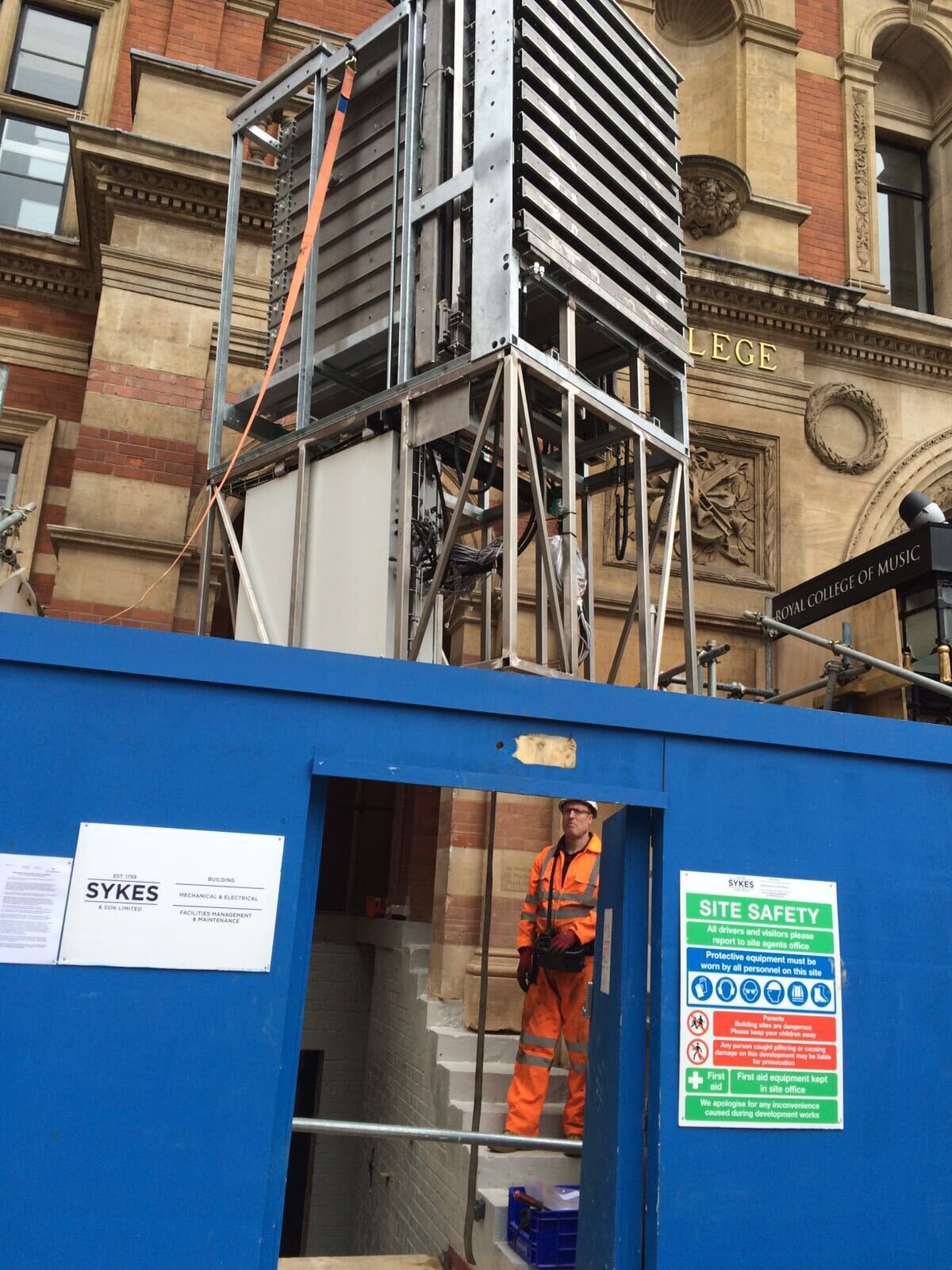Key Takeaways
• Sesame Access is developing an AI-driven Knowledge Hub to help architects and consultants specify the correct accessibility lift more efficiently.
• The system links verified technical transcripts into a structured, schema-based network of lift components, reducing duplication and improving findability.
• Long-tail, high-intent keywords such as “accessibility compliance,” “wheelchair platform lift AI selection,” and “DDA compliant lift specification tool” improve professional search visibility.
• The goal is to build an intelligent, conversational platform where visitors can instantly access lift specification guidance, drawings, and compliance data.
Building an AI-Driven Knowledge Hub for Lift Specification and Accessibility Compliance
Sesame Access is transforming how architects and consultants interact with accessibility data. The new Knowledge Hub combines AI-assisted organisation with verified engineering transcripts to create a connected information environment. Each transcript—from the Kensington Stairlift, Mayfair Stairlift, and Westminster Equality Act Lift, has been analysed and structured into a schema that defines every component and design variable across our range of wheelchair platform lifts.
The Knowledge Hub ensures that core technical terms such as cladding, gates, barriers, and machine-room cabinets each link to their own dedicated technical pages. These pages will contain engineering drawings, installation considerations, and specification notes so that project teams can access deeper information without leaving the product they are researching. This interconnected system strengthens Sesame Access’s topical authority for accessibility engineering while providing a rich, traceable knowledge graph for the company’s future conversational AI.
Creating a Structured Foundation for AI and Architects
By converting thirty detailed product transcripts into a data-driven schema, Sesame Access is ensuring that its upcoming AI assistant can respond accurately to complex design questions. Each lift type is linked to standardised attributes such as:
• Typical rise range (e.g., 650 mm – 1,000 mm)
• Platform dimensions and load capacity
• Power and control systems (machine-room-less or hydraulic variants)
• Safety features including rising barriers, toe guards, and gates
• Compliance references for BS 6440:2011, DDA, and Equality Act standards
This structured data gives the LLM model clean, factual information to draw from, significantly reducing the risk of inaccurate or “hallucinated” answers. When an architect asks for lift specification guidance or wants to identify which model fits a listed-building constraint, the system can instantly surface the correct solution.
Enhancing Search Visibility with Context-Rich Language
The page design and content strategy deliberately integrate long-tail, high-intent keywords that architects naturally use when researching solutions. Phrases such as “automated accessibility lift finder,” “AI-assisted platform lift comparison,” and “heritage building lift specification” attract users looking for practical, project-ready answers rather than generic information.
Internal links using descriptive anchor text, like “explore our AI-powered lift selection for heritage buildings” or “discover machine-room-less lift configurations”, guide both users and search engines through related content, improving dwell time and reinforcing relevance across Sesame’s product ecosystem.
Turning Knowledge into Sales Efficiency
Beyond SEO and LLM preparation, the Knowledge Hub directly supports sales growth. Every lift page now includes conversational Q&A sections that mirror real-world queries from architects. This approach accelerates decision-making and increases engagement on core models such as the Kensington, Mayfair, and Westminster lifts.
As the system matures, the integrated AI assistant will allow specifiers to request compliant drawings instantly, check accessibility regulations, and receive tailored recommendations. This capability transforms the website into a proactive consultation platform—one that connects professional users with Sesame’s project managers at exactly the right time in their design process.
Frequently Asked Questions
How does the Knowledge Hub help with accessibility compliance?
It centralises verified lift data and compliance standards so architects can confirm Equality Act and DDA requirements without contacting support.
What lift should I specify for a Grade II listed building?
Sesame’s AI selection tool can compare low-pit and retracting stair solutions, helping identify options such as the Kensington Stairlift that preserve heritage façades.
How can I find the right lift for a narrow space?
Use the platform finder to view compact solutions like the Westminster Equality Act Lift, which maintains full accessibility with minimal footprint.
Will AI replace human consultation?
No. The AI assistant will provide instant technical guidance, while final design advice and quotations will always come from Sesame’s engineering team.
Where can I explore detailed component pages?
You can navigate from product pages directly to technical entries covering cladding, gates, hydraulic systems, retracting stairs and rising barriers for deeper specification details.
Next Step
Book a Teams Meeting with one of our Project Managers to explore how our AI-powered Knowledge Hub can support your next accessibility project.
https://www.sesameaccess.com/book-a-meeting

